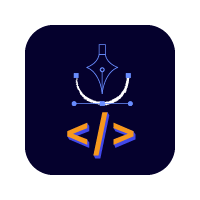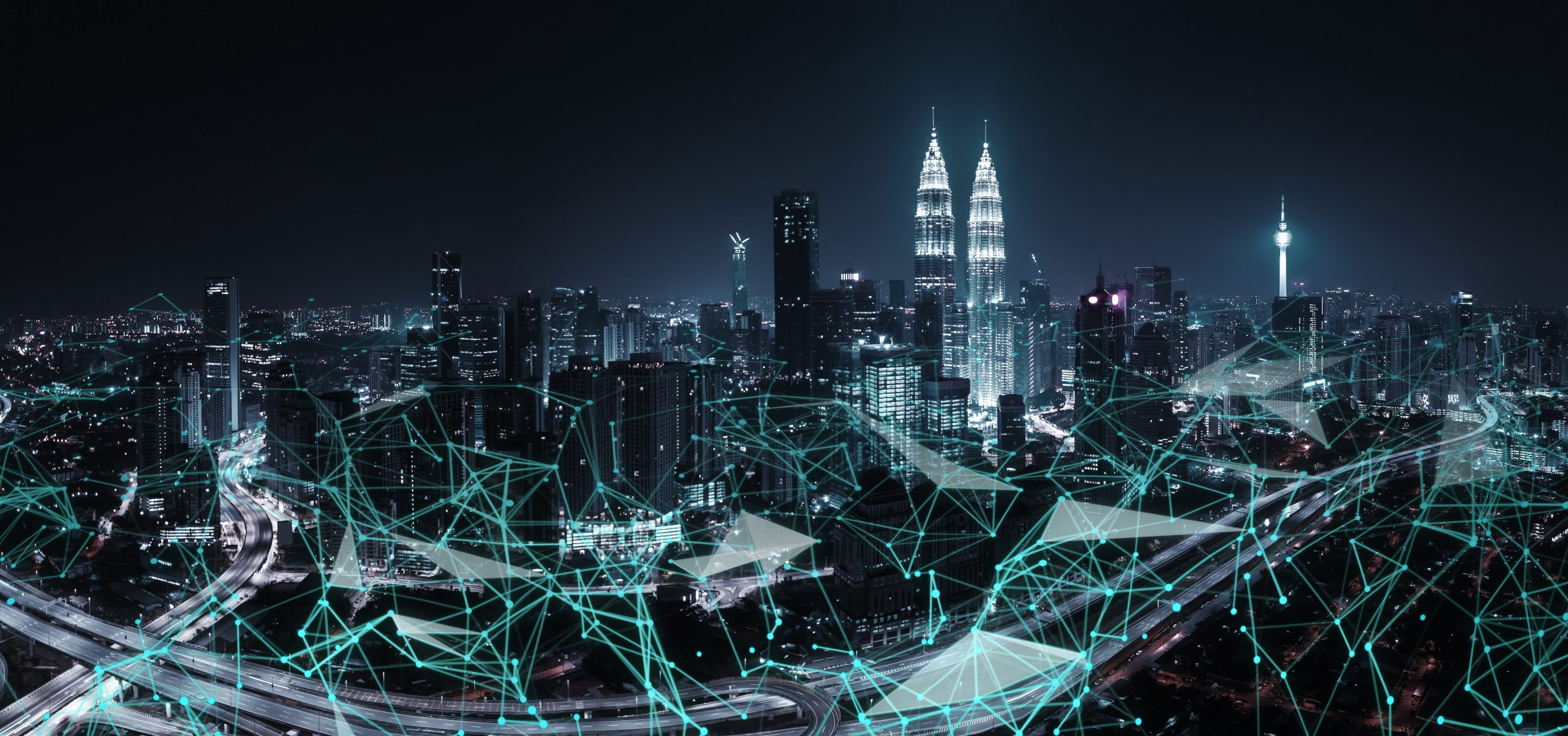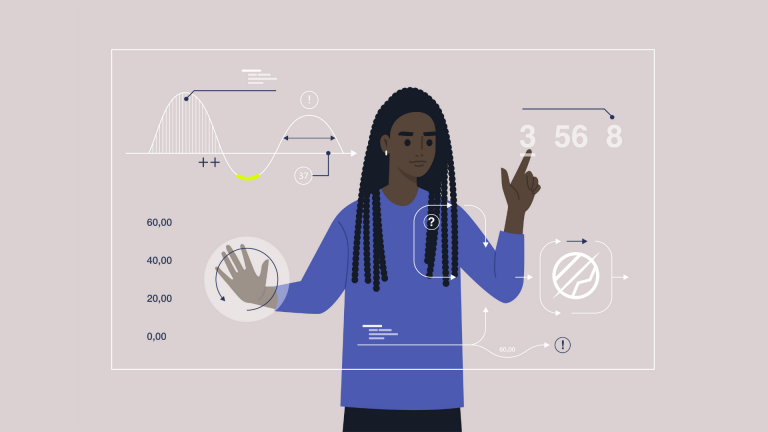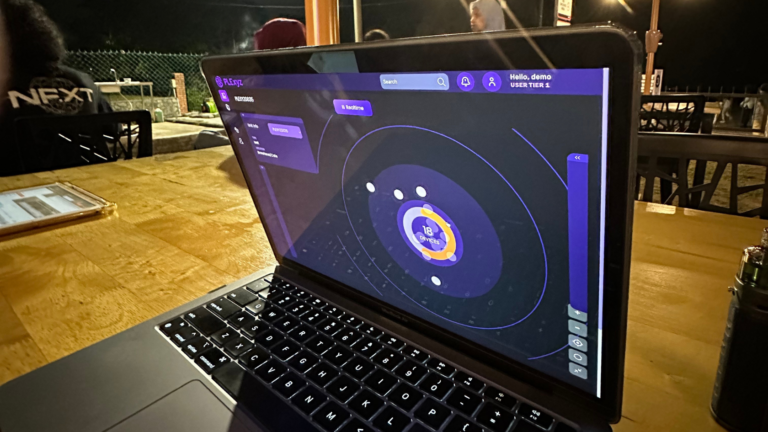by Ridzwan Razalee
In the past decade, Kuala Lumpur (KL) has developed its urban area with booming economies and a modern lifestyle that could potentially compete against other major cities. However, traffic congestion has been the price the city pays for its developments. Traffic congestion is not a unique issue faced by KL but a problem faced by major cities worldwide. Congestion, pollution, accidents, stress, and what seems to be a declining quality of life are widely accepted as the norm living in a city area. This norm should not be the case as we move forward in building better infrastructure for our cities.
The most common solution to this problem is to expand the public transportation network. A method that showed little results, due to the number of cars looking to double by 2040 worldwide. By the time the roads are built, the road would be full of cars.
Congestion on the road is not merely a problem where one person is stuck and bored in traffic. It costs time and resources that may be utilized in other ways. Malaysians are estimated to spend an average of 126 hours per year.
Traffic congestion can’t be eliminated overnight but technology can help manage it better. One example of such a technology would be the Intelligent Transport System ITS.
The Ministry of Work Malaysia released a blueprint charting the development of ITS in 2019. ITS is an advanced system that can help traffic monitoring through data collected by information and communication technology. Curated data could lead to better traffic management that will create effective emergency services, safer traffic conditions, and a better-coordinated transportation network. ITS is key in developing smart cities and is estimated to have a market size of USD26.6 billion with projected 6% growth until 2027.
With the development and application of 5G in cities worldwide, data acquisition, connectivity, storage and processing would run smoother than it ever was considered possible. Technology such as ITS will enable cities to harness the power of road environment data to better understand and design transportation infrastructure to meet the needs of their residents. Stay tuned to know more about how we can improve our traffic management with ITS on our next article! Follow our updates on our socials, @REKAStudios.







